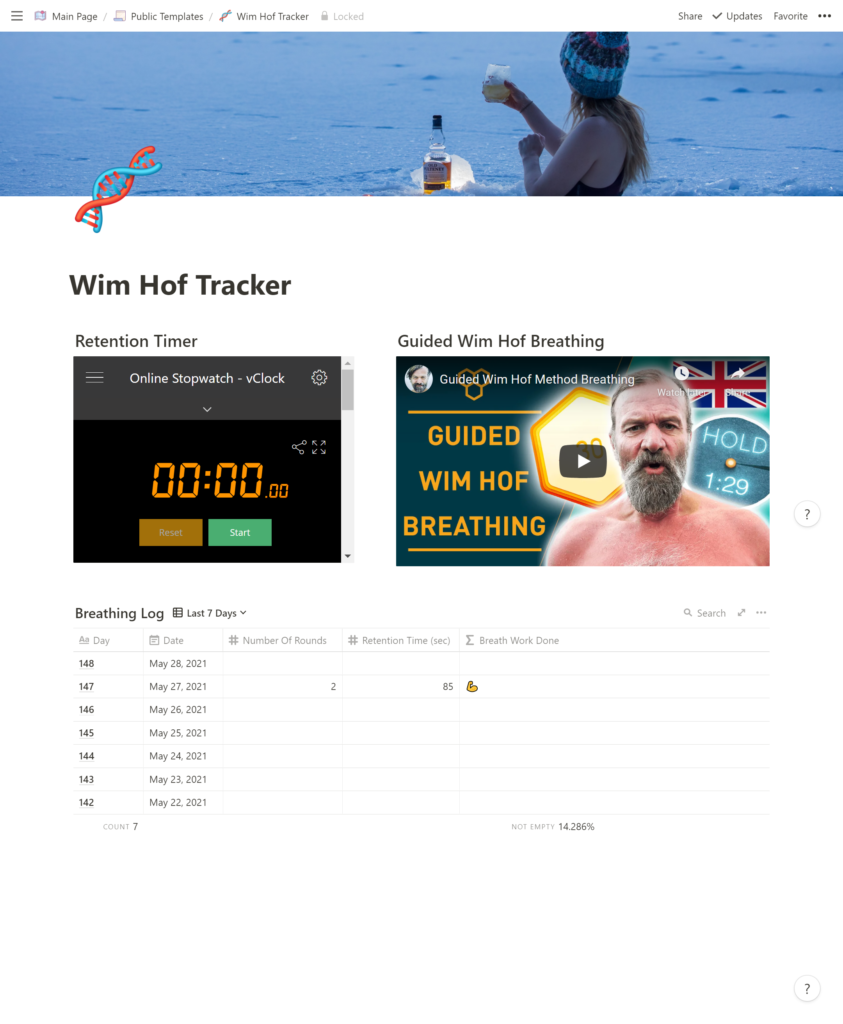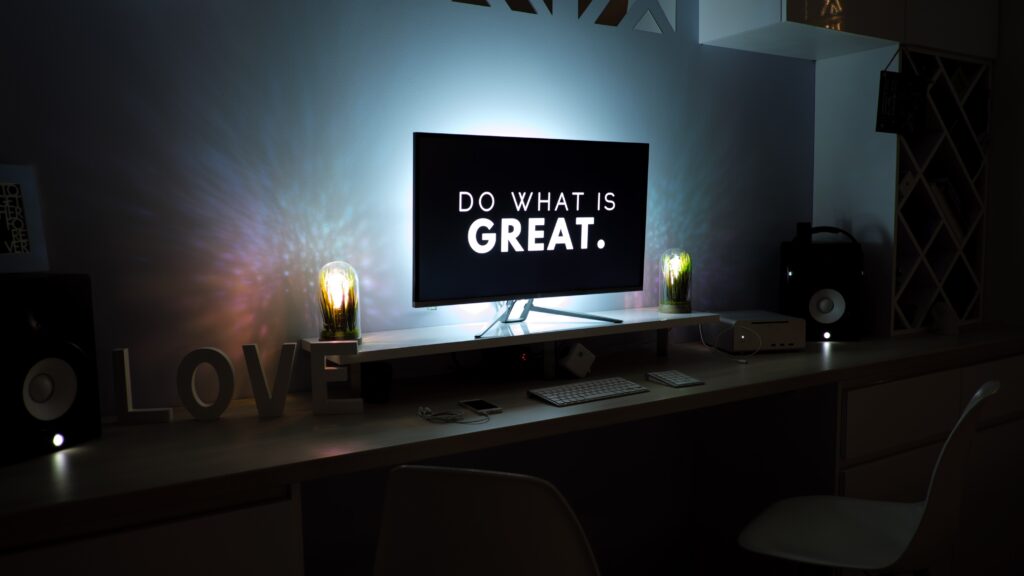Missed last week's issue? You can read it here.
In today’s issue, we're doing a deep dive into the evolution of our attention spans. All the data suggests that our focus is dwindling and stress levels are rising.
Deconstructing the Attention Span Myth
Attention, simply put, is our capacity to deliberately process certain stimuli while filtering out others.
How often have you found yourself engrossed in an important task only to be lured away by the siren call of Twitter… or Threads? (is that still a thing?)
Rewind a few decades, and our ancestors had the luxury of fewer distractions. They had other things to worry about but too much screen time wasn't one of them.
Gloria Mark's Revelations on Digital Attention
Enter Gloria Mark, the tech-relationship guru. Her studies have focused on the relationship between us and our gadgets.
In her eye-opening 2004 study, computer users would shift their attention roughly every 150 seconds. Fast-forward to 2021, and that's plummeted to a mere 47 seconds!
As I write this newsletter, I've:
- Watched my wife play GTA 3
- Gone on to Twitter and viewed a nostalgic video of 80s America
- Looked up some GTA car trivia
My point is it's so easy to be distracted.
At work, having your attention diverted from a task can set you back by a staggering 25 minutes. Per interruption!
And that's exactly why I keep apps like Slack silent on my desktop.
Sometimes it’s not external prompts but our own brains that distract us – like the sudden urge to recall a childhood friend's name.
This constant mental ping-pong can be draining. And once our cognitive bandwidth hits its threshold, stress, fatigue, and exhaustion set in.
The Four Facets of Attention
- Focus: Immensely engaged and equally challenged. Think: creating music.
- Rote: Engaged, but not tested. Like binge-watching or devouring a novel.
- Bored: Disengaged and unchallenged. Ever been in a pointless meeting?
- Frustrated: Challenged but disinterested. Math homework. Definitely math homework.
We can't stay in a perpetual state focus. No matter what those productivity gurus on Twitter tell you. Our brains want variety, breaks, and even distractions.
Gaining insights into your energy levels throughout the day is important. My golden hours? 10 am to 1 pm. After that it’s a gradual slide into the siesta slump!
The Digital Distraction Dilemma
Did you know that 44% of distractions are self-induced?
What's even more surprising is that external distractions condition us to self-interrupt even more!
And while we all have an amount of self-control, relying on it too much can lead to mental fatigue.
The digital world is so enticing. It offers a smorgasbord of articles, videos, and social connections.
But it's a double-edged sword. The relentless nudges and notifications from social media are designed to keep us engaged, making it an uphill battle for even the most disciplined among us.
Regaining Control Over Attention
Ready to reclaim your focus?
- Acknowledge digital triggers: Identify when and why you reach out for that digital distraction.
- Pause and reflect: Before surrendering to a distraction, ask, "What’s the ROI on my time here?" If ROI sounds too douchey, ask, "What is this distraction going to give me?"
- Establish exit cues: Set up cues and hooks to snap you back to your task. Like starting to play a phone game knowing you have a meeting in 20 minutes.
- Curb notifications: Most of these can be turned off. Also, consider asking your work if there can be a designated no-meeting day. Maybe phrase it as a "hyper productivity day" instead.
In A Nutshell
While screen time is skyrocketing and attention spans wane, the power to resist lies with us.
Recognise your attention habits, harmonise with your daily rhythm, minimise distractions, and remember to chill out once in a while.
How do you keep digital distractions in check? Share your tips!


